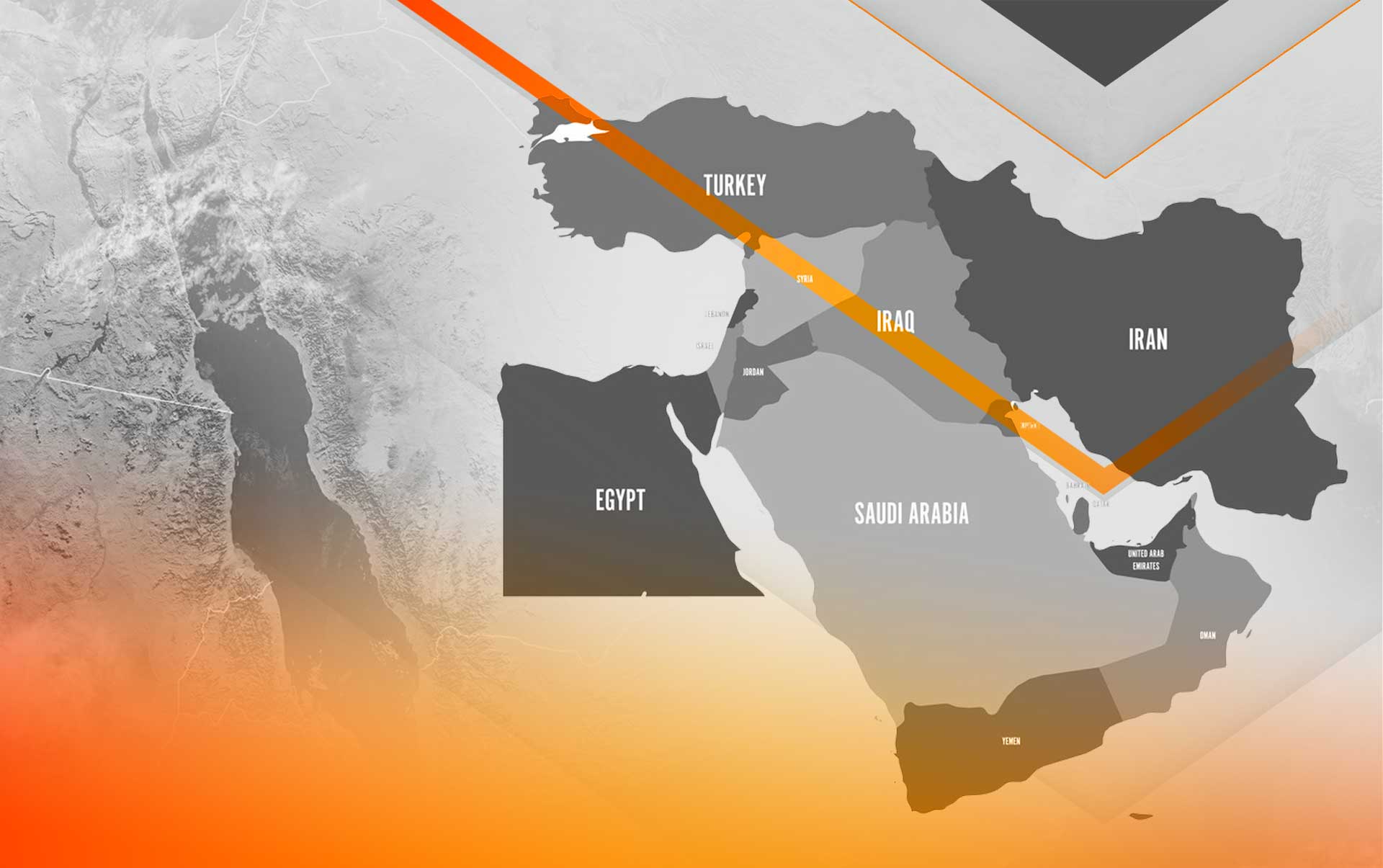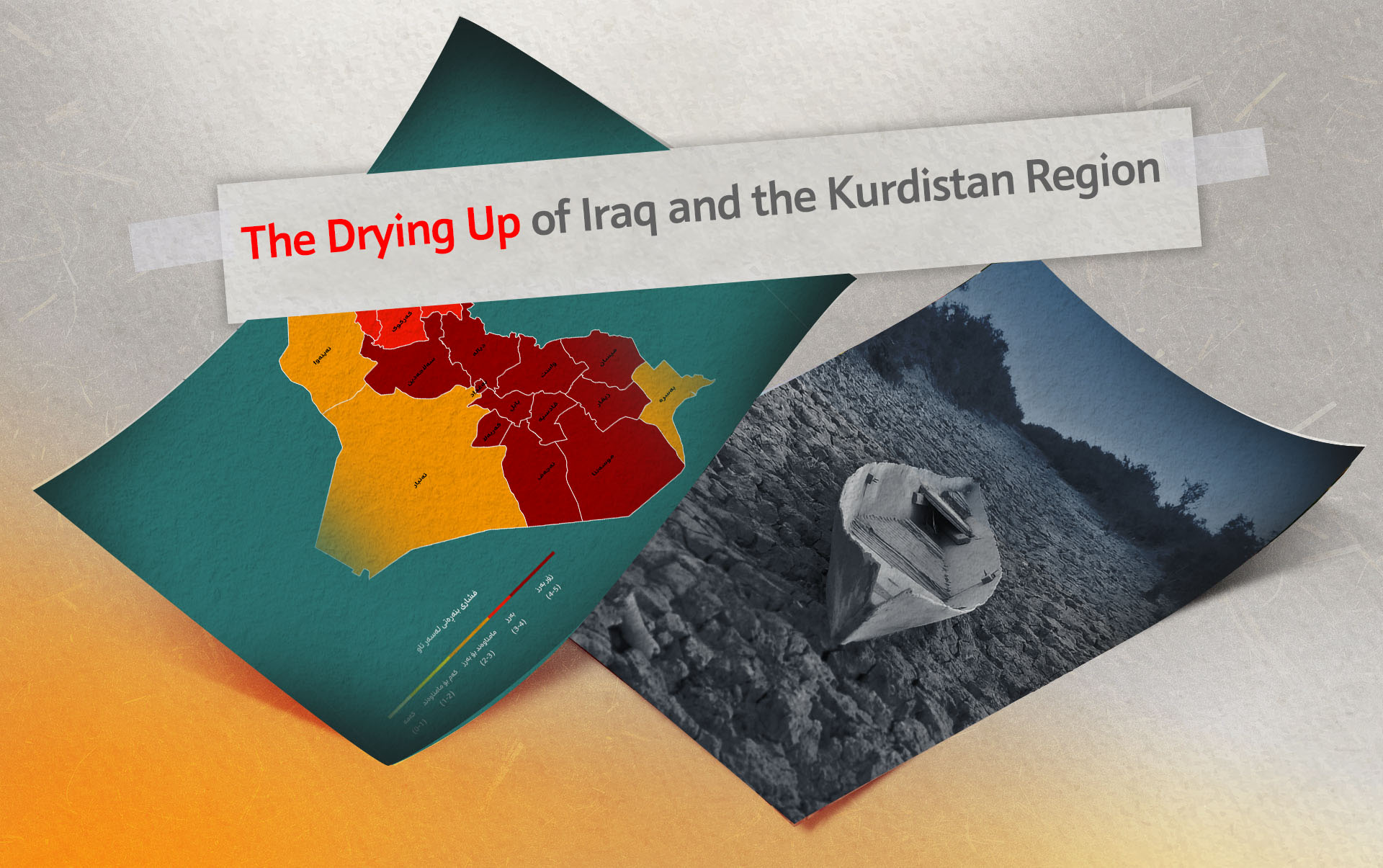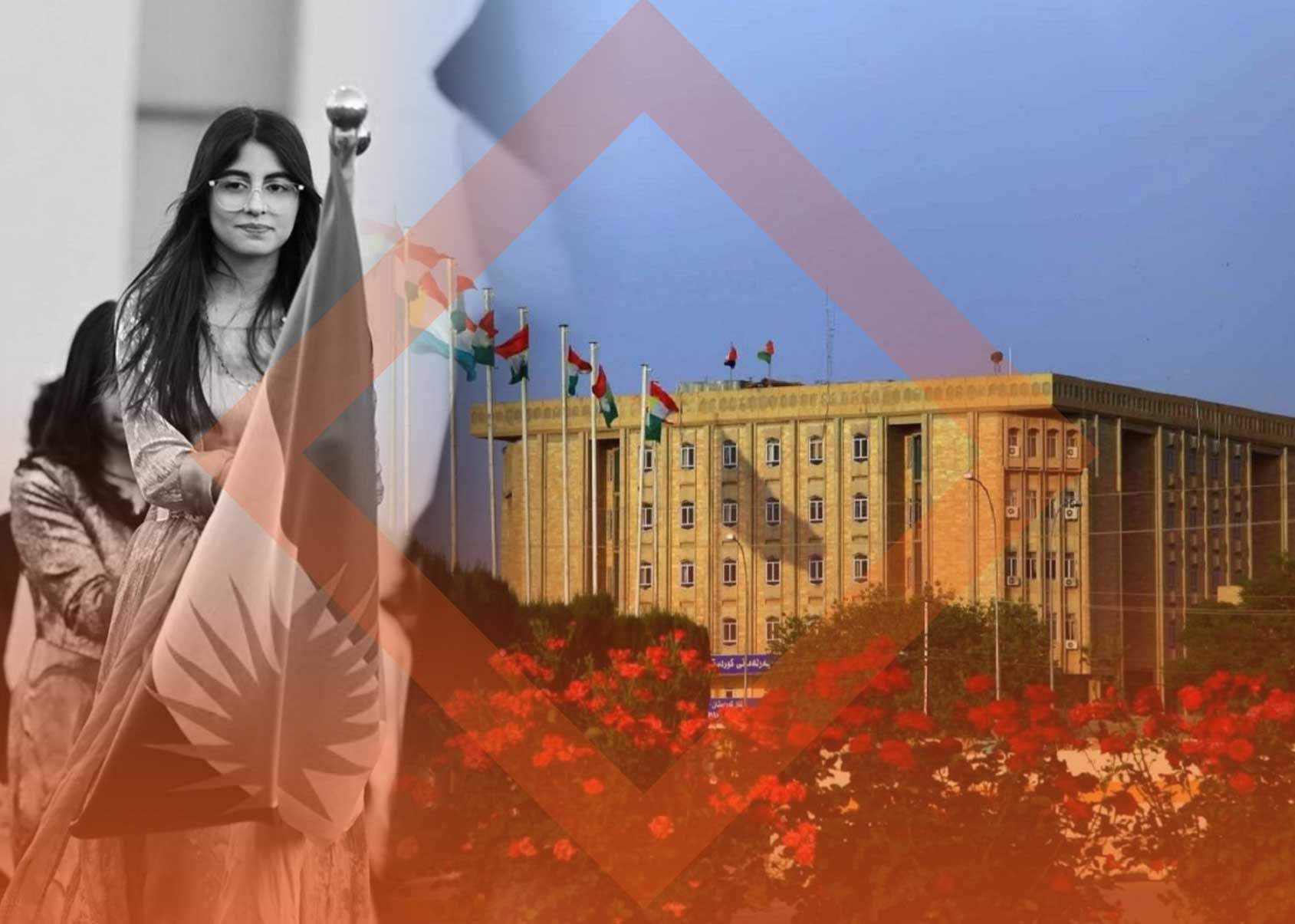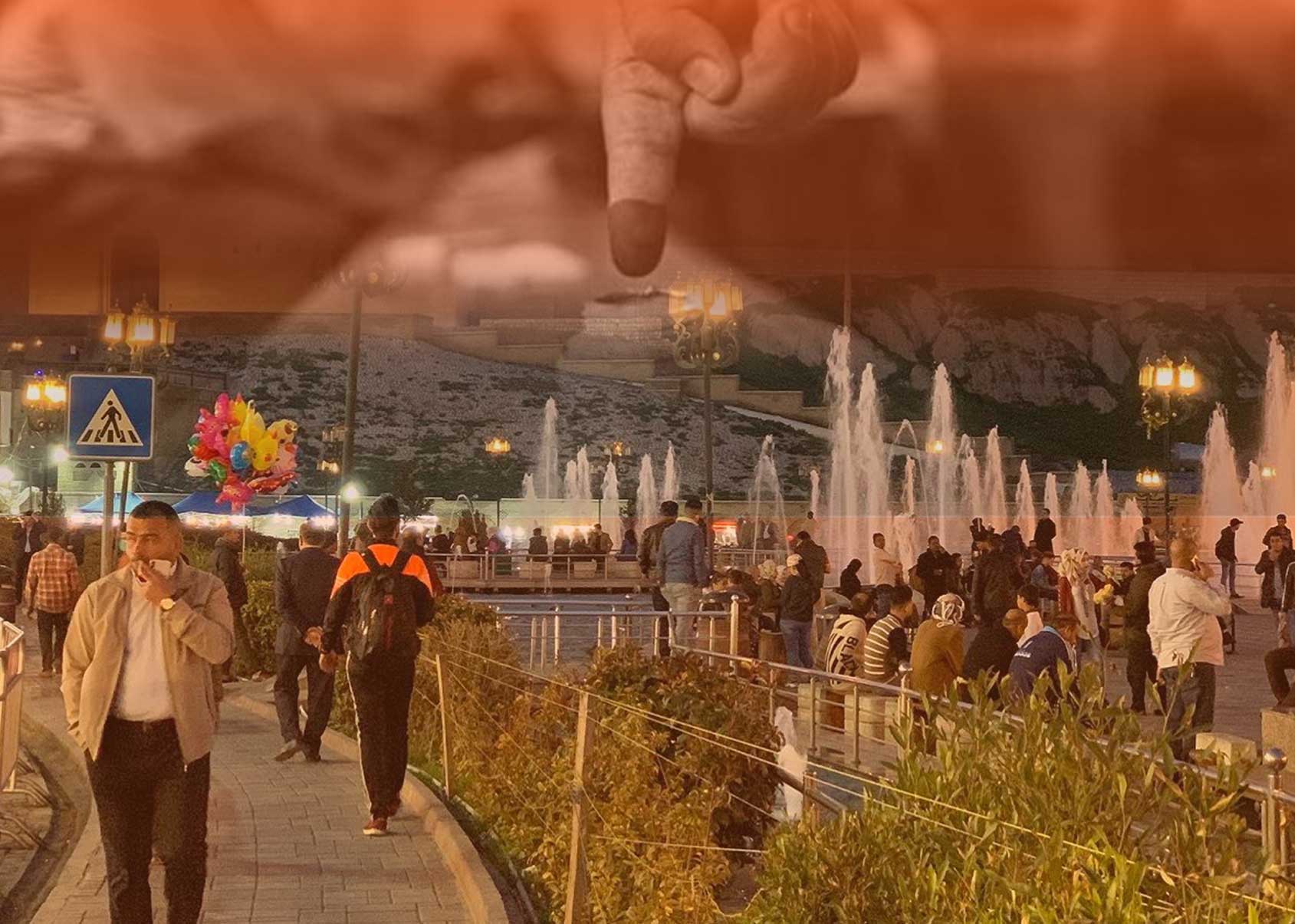Re-thinking Sectarianism and Geopolitics in the Middle East: Theo-political Context, Sectarian Identity and Regional Order
20-03-2021
Mehmet ALKIŞ
Dicle University, Department of Political Science|
- Introduction
This study aims to analyze the impact of sectarianism on regional order with regards to state identities and geo-political considerations in the Middle East. Primarily, roots of sectarianism will be contextualized in historical process. The Sunni/Shia divide shaped political and cultural life of societies. So, it requires to understand sectarian divide for analyzing current issues in the region. In the following part, rise of religious-ethnic identities will take place under post-Cold war era and globalization age. As globalization processes transformed and transcends the capacity of nation-states, religious and ethnic identities got opportunities to claim rights. In regional level, status quo of Middle East was shaken by coalition-led intervention to Iraq.
Therefore, Arab Spring can be seen as part of these process. Uprisings of that time indicate discontent of people and will for welfare. In study, Arab Spring related outcomes will be discussed in terms of theo-political context which led to violence and radicalization in the region. Iraq, Syria and Yemen are fragile states that led to instability, turmoil and conflicts. In the last stage, consequences of sectarianism will be evaluated with fragile states and increasing concerns about security.
- Historical Roots of Sectarianism in Islamic History
The historical background of Sunni/Shia divide originates from the tension between Caliphate Ali and Muaviye, Damascus governor. After the third caliph, Othman, there were debates about who would be next caliph and Ali became the caliph. So, Muawiya and his supporters built their authority in Damascus. Consequently, Khwarijis, who opposed both Ali and Muawiya, killed Ali and made Muawiya to be injured in the conflicts. After death of Ali, the era of Umayyad dynasty started by caliphacy of Muawiya. As well, sons of Ali, Hussein and Hassan, were killed by Yazid. After that time, the supporters of Ali and his family became followers of Shia sect. This sect, which spread around Iraq and Iran, has been a political and religious identity of minority in Islamic world. According to Sunni belief, mainstream faith in Islam, Shiism is deviated from middle way by exaggerating the love for Ali.
The main and widespread branch in Shiism is Twelver Imam Shiism. This branch asserts that Prophet Muhammad appointed Ali as next ruler and spiritual authority after himself. Also, Hussein and Hassan were appointed respectively after Ali. It is believed that the next twelve imam after Hussein are political and spiritual leaders of Islam and the last imam was lost and hidden. The hidden imam will emerge and salve humanity from disasters. According to Twelvers, the main condition for being imam is being innocent and sinless. Currently, the belief of Twelver Imam is official sect of Iran. Shia scholars adopted the approach of Velayet-i Faqih, which seeks to theocratic government, until emergence of hidden imam. In addition to Iran, this belief has many followers in Iraq, Lebanon and Pakistan.
On the other hand, Salafism is the other part of polarization. As an extreme and hard interpretation of Sunni belief, Salafism has two branches as Wahabism and jihadist Salafism. Wahabism takes roots from opinions of Ibn Taymiyya, who claimed to struggle with superstitions and deviations and, supported literal meaning of Quran and hadiths, and formed by Muhammad bin Abdulwahab. Consequently, Wahabism became official approach of Saudi Arabia. Jihadist Salafism claims to armed struggle with governments and deviated beliefs in Islam as a solution for Muslims in the last century. Al-Qaeda and ISIS are typical jihadist-Salafi organizations.
After taking caliphacy from Mamluk dynasty, Ottoman Empire became representative of Sunni Muslims in the world. In that time, Safawid dynasty made Shi’ism official sect of state in Iran. There were a significant rivalry between Ottomans and Safawids on domination of Muslim world. From 16th century to 18th century, both states made wars and pursued implicit hostility for sake of getting power in the region.
- New Era for Sectarian Identity and Geopolitics
State Identities of Saudi Arabia and Iran
As it mention above, Wahabi-Salafism emerged as opposition movements against Shi’ism and Sufism. Wahabism sees these movements as deviation from mainstream religious understanding. Also, Wahabism sees a monopoly like preventing spreading of ideologies and religious interpretation. Saudi family and Wahabi scholars achieved to cooperate for integrating tribes on common belief, economics and peaceful relations in the country. When looked at regime of Saudi Arabia, it is seen that the state is governed by religious law and absolutism. But, it does not mean that all decisions are taken by monarchy. Members of dynasty, princes and Wahabi scholars have influence on decisions.
It is clear that state identity in Saudi Arabia has a religious character and the regime is constructed by Islamic rules. So, Saudi state has considerations on people for having conservative tendencies. Moreover, the regime sees the right of protecting and representing Islam around the world. The alliance between Wahabi scholars and Saud family is the backbone of state. Saudi family is single political in the country and Wahabi scholars provides religious-judicial legitimacy to state. In this sense, there is an important dilemma in Saudi state that seen as pro-western Saudi family and anti-western Wahabism have a coalition in the state. Saudi Arabia does not have competing identities, within state, which brings historical roots (empires) and current religious approach. Saudi country has an historical background in spread of Islam. Holy lands and emergence of Islam in history enables religion to take place in state identity. This issue gives a strategical advantage for Saudi monarchy.
On the other hand, the state identity changed after shah regime had toppled in 1979 revolution in Iran. This revolution had ideological and sectarian impacts not only in domestic affairs of Iran but also on regional affairs. In foreign policy, Iran pursued regime exportation policy towards Middle East after revolution. In Shia political thought, it is believed that hidden imam will come and bring peace to world. But, Shia scholars are successor of imam and have responsibility to govern the ummah until he returns to world. After revolution, the new theocratic regime adopted Velayet-i Faqih system in religious and political affairs. According to this system, the tasks of imam are fulfilled by practices of state in which scholars are highest authority. The religious and spiritual authority in system is charged by God and it requires to obey this authority. The state system is institutionalized around the spiritual authority in Iran.
Middle East is Becoming Arena of Sectarian Politcs: Post-Saddam Era in Iraq and Lebanon
Since the end of First World War, the status quo of Middle East had not been changed until beginning of 2000s. During Cold War, there was a confrontation between liberal-capitalist and socialist-communist blocs. This confrontation led to strict lines for states and societies not to involve direct interactions. Sub-state identities and their demands were skipped in age of confrontation. However, globalization processes affected all the world by ideological, political, economical and technological affairs in the post-Cold War era. The capacity, power and borders of nation-states were transformed by the impacts of globalization. Religious and ethnic groups demanded new rights and liberties. In this respect, Middle East has been an important case in changing policies and perceptions. The order and balance of region was crashed by Iraqi war. Iraq has been an example of ethno-religious diversity of Middle East throughout history. However, Iraq was established as Sunni-dominated state in the 1920s. The suppression and violence policy of Baath regime continued in the decades. In 2003, coalition powers intervened Iraq and the regime toppled within weeks. In the new era, there was a strict competition between Iran and Saudi Arabia in Iraq. Especially, American-British intervention raised geopolitical concerns of Iran. As Iran seek to increase influence by backing Shiite groups in Iraq, Sunni groups are eliminated in political and economical system of Iraq. The rise of Shia groups was perceived as threat by Saudi Arabia and Gulf states. Mainly, these sates have certain troubles with Iraq when Maliki came to power. Consequently, fundamentalist and radical groups escalated the conflicts in Iraq by attacking each other. Shia groups accused Saudi Arabia of supporting radical groups and ex-Baath members. Saudi Arabia also blamed Iran for deepening sectarian conflicts in Iraq.
Lebanon was also another geography of competition. In fact, Lebanon also had ethno-religious diversity similar to Iraq. But Lebanon was in a civil war in 1970s and 80s. It was tried to solve the problems of country by consociational system. Nevertheless, these problems has not been solved up to now and so that regional powers in the region have been competing in the Lebanon. Iran supported Shiite groups and Hezbollah in Lebanon. For that reason, King of Jordan, Abdullah, claimed that Iran had been building a “Shiite Crescent” in the Middle East. As well, Husni Mubarak asserted that Shiite groups are loyal to their sectarian identity and Iran rather than their country. Beside that Saudi Arabia supported Salafism in Lebanon. Some Sunni groups became proxy of Saudi Arabia by political and economical supports. In the last analysis, political and economical turmoils made Lebanon to be area of sectarian rivalry.
Arab Spring: Changing Dynamics, Theo-political Context and Fragile States
By the wave of uprisings in the Middle East, Iran and Saudi Arabia aimed to benefit from events and processes. Both states used proxies across the region via religious, ethnic and cultural identities. Due to changing dynamics in the region, regional powers gradually consolidated their position. For that reason, Iran perceived the fall of Asad regime as vital issue in this era. Therefore, Hezbollah in Lebanon, Houthis and Asad regime were supported by Iran. Saudi Arabia had also concerns about Arab Spring in terms of domestic affairs. Mainly, protest movements were seen Shiite populated regions in the country. Saudi state tried to appease the demands by political and economical reforms.
Religious and ethnic identities have important role on escalation of conflicts. By suppressing demands, Asad regime led to increasing ethnic and sectarian conflicts. The conflict between regime and opposition groups included not only ethno-religious groups but also regional and global powers. While Russia and Iran supported regime, United States of America and allies backed opposition in Syria. After 2015, Russia played a key role for survival of the regime. Moreover, Iran provided political, economical and military supports for Asad. Iranian Revolutionary Guards and Quds Force, militarily, take place in Syria for interest of Iran. By these supports, Asad regime achieved to survive vis a vis rising opposition in Syria. Iranian support in Syria increased concern of Saudi Arabia in the region. Saudis would like to pursue revisionist policies in Syria by providing economical and military supports.
As it discussed in this section, Iran has been influencing the region by highlighting sectarian politics. Beside this fact, Iran signed nuclear agreement with P5+1 for getting legitimacy in the international society. This rise was also related to United States policy towards Middle East in Obama era. The US Policy was reaching a regional order and balance of power with regional dynamics. It meant that regional power are supposed to balance each other with their competing influence. Turkey, Saudi Arabia and Iran seek to consolidate their position not only by hard power but also soft power. In this sense, rise of Iran and Shiite-oriented policy were ignored by Western powers. Therefore, regional powers religious and sectarian affairs in favor of their interest. Straightly, theo-political context emerged in the region. By the way, Saudis shocked and affected by these changing dynamics. Another regional power, Turkey, was eliminated by the order in the region. Iran was able to extend sphere of influence across the region. Thus, Saudi Arabia has been perceiving a threat in the region and established an army, Islamic Military Coalition, to constrain Iranian impact. By this step, Saudi Arabia got support of Muslim countries and attributed the role of leadership in Sunnis. Primarily, this army fought with pro-Iran groups in Yemen to compensate unsuccessful attempts of Saudi Arabia in the region. Saudi Arabia, as a regional power without nuclear power, Iran’s nuclear capacity with supporting Pakistan. Pakistan is eastern neighbor of Iran with large capacity of nuclear power. But Pakistan has a significant Shiite population which can be used by Iran.
Post-Baath era in Iraq consolidated the power of Shiite people in the country. This was felt at highest level by the Maliki governments. Other groups, mainly Sunnis and Kurds, had concerns and perceptions about the Shiite-dominated political and economical system. When looked to post-Saddam era, Iran was the winner of new Iraq in terms of political and economical influence. By the decision of withdrawal from Iraq, United States had rising concerns about future of country. This was an opportunity for Iran to construct Iraq by limiting United States and other regional powers. On the other hand, Saudi Arabia and Gulf states opposed to withdrawal of American troops for several reasons. Firstly, it would be a golden opportunity for Iran to increase Shiite-oriented policy not only in Iraq and but also in the region. As well, it was likely to observe the state of anarchy and chaos in Iraq. Sunni Arab states had been supporting Sunni groups since fall of Saddam regime. Sunnis had relatively weak position in the country with regards to establishing new order in the country.
By the summer of 2014, IS (Islamic State), jihadist Salafi terrorist organization, declared caliphacy of Muslim world. IS was becoming powerful day by day in Sunni populated regions of Syria and Iraq. Radicalized people, ex-Baath army members and anti-Iran groups were main components of IS in Iraq. In 2014, Mosul was invaded and a large territory was controlled by IS in Iraq. Iraq army was insufficient to rollback IS attack. Therefore, people were killed in attacks and most of people in IS-controlled areas became refugee in neighboring countries. For terminating IS, an international coalition force was established and Iraqi army was trained by this coalition. Iran also was fighting with IS by Quds Force and Hashdi Shabi. Paramilitary Shiite groups were supported by Iran with political, financial and military means. In the last stage, IS was ended by operations of international coalition and pro-Iran organizations.
- Conclusion and Future Prospects
The history of sectarianism go backs to 7th century in Middle East. Sectarian fragmentation among Muslims led to bloody wars and strict tensions which inherited current politics in the Middle East. This problem can be seen easily in the sectarian tension between Iran and Saudi Arabia. After fall of Saddam regime, Iran strengthened its hand and can mobilize Shiite groups in the region. It was named and seen as “Shiite Crescent” and imperial ambitions of Iran. It triggered reaction of Sunni Arab states and counter-sectarianism in the region. Ideologically, both kind of Salafism rose its influence to break Iranian and Shiite power.
By the Arab spring, the dynamics has changed in the region with regards to sectarian policies. The wave of uprisings led to both change and instability in security considerations. Iraq, Syria and Yemen are the typical fragile states that can not found internal sovereignty in the region. IS emerged as a reactionary fundamentalist organization that had recruited extremist and anti-Shiite-Iran people in these countries. Recently, IS has been smashed by attacks and leader of this organization, Al-Baghdadi, was killed in operations. As well, Qassem Suleimani, the commander of Quds Force and organizator of pro-Iran proxy organizations, has been killed by operation of United States.
Both Saudi Arabia and its allies have been facing demands of their populations. Thus, Prince Salman started to prepare a reform program in the country. Discontented people , in Iran, protests social and economical instability on the streets. Moreover, in case of recent protest in Iraq, it is necessary to see that people are tired of sectarian politics. Therefore, it requires to re-think the relation between states and identity groups. The notion of citizenship should be re-evaluated and re-formulated in age of uncertainty in the context of Middle East.






